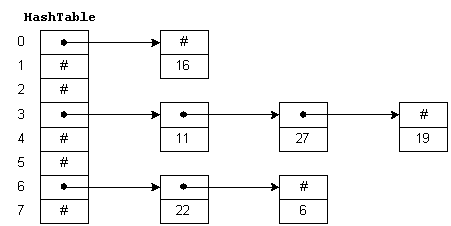Slide 2.1: Opening and closing files
Home

|
Slide 1.11: B+ trees Slide 2.1: Opening and closing files Home |

|

|
finding ways to minimize disk accesses for files that keep changing in content and size.Tracking these developments takes us first through work on sequential file access, then through developments in tree-structured access, and finally to relatively recent work on direct access to information in files. Though B-tree is probably the most popular file structure, none of the file structures dominates the applications.